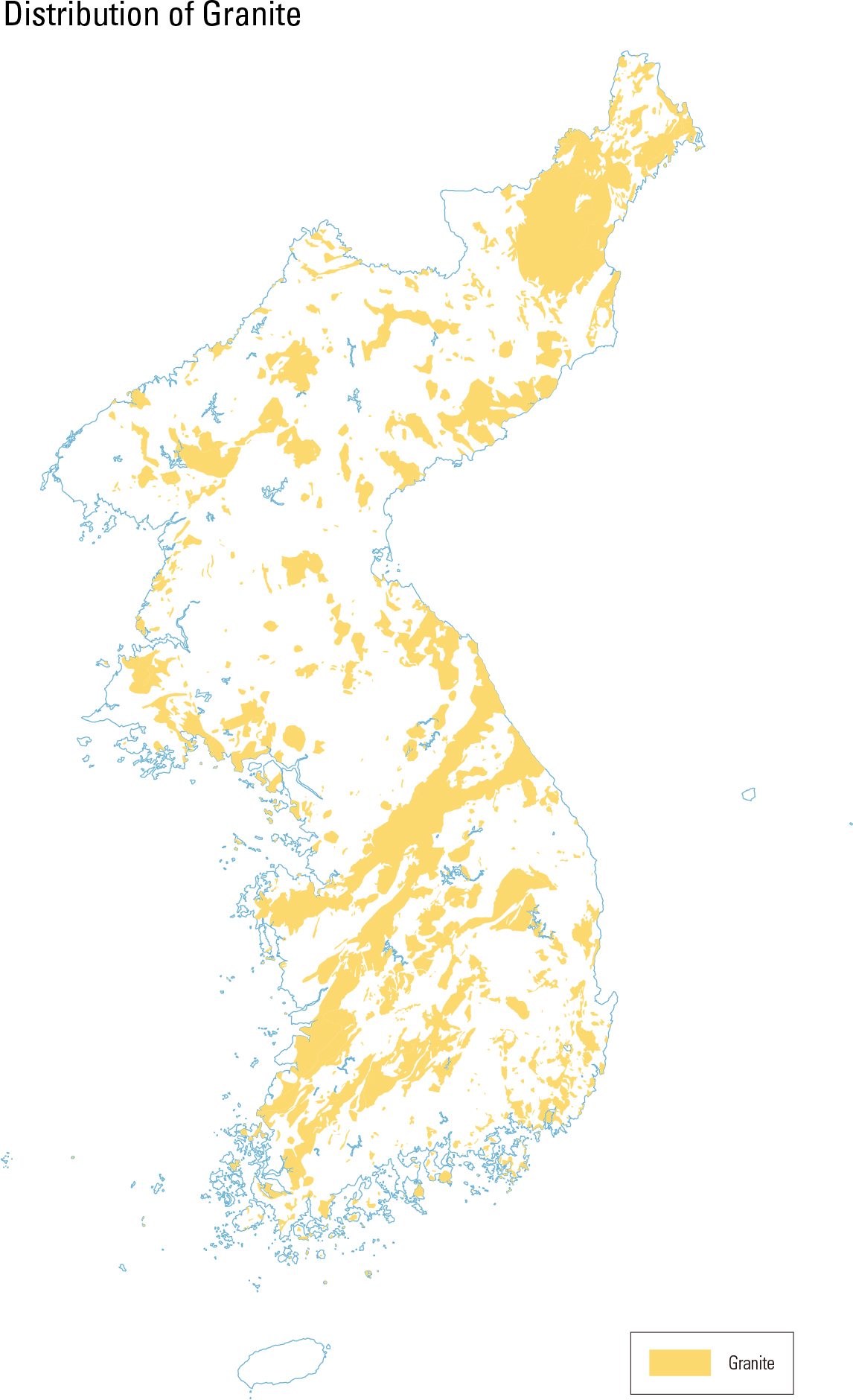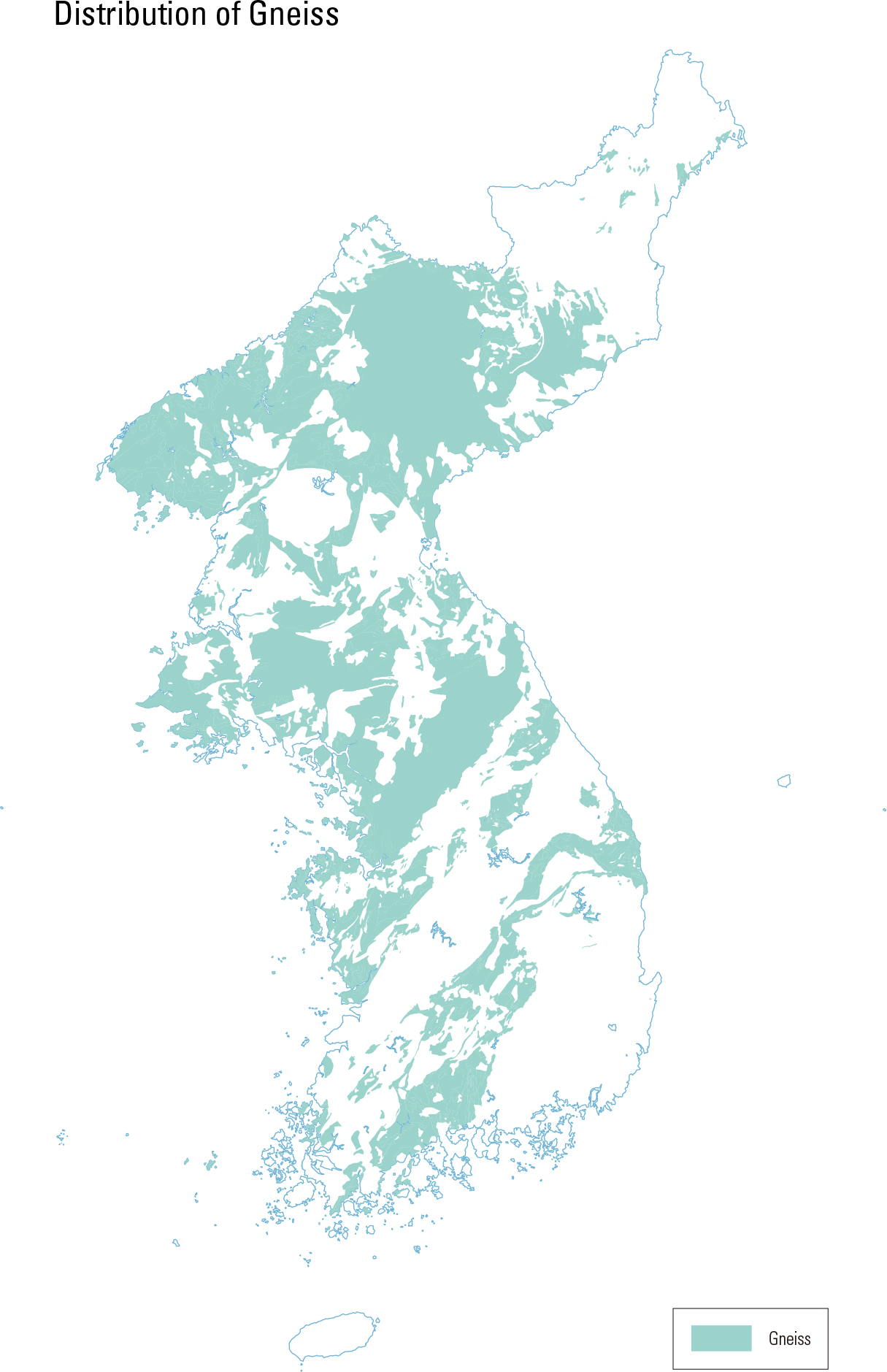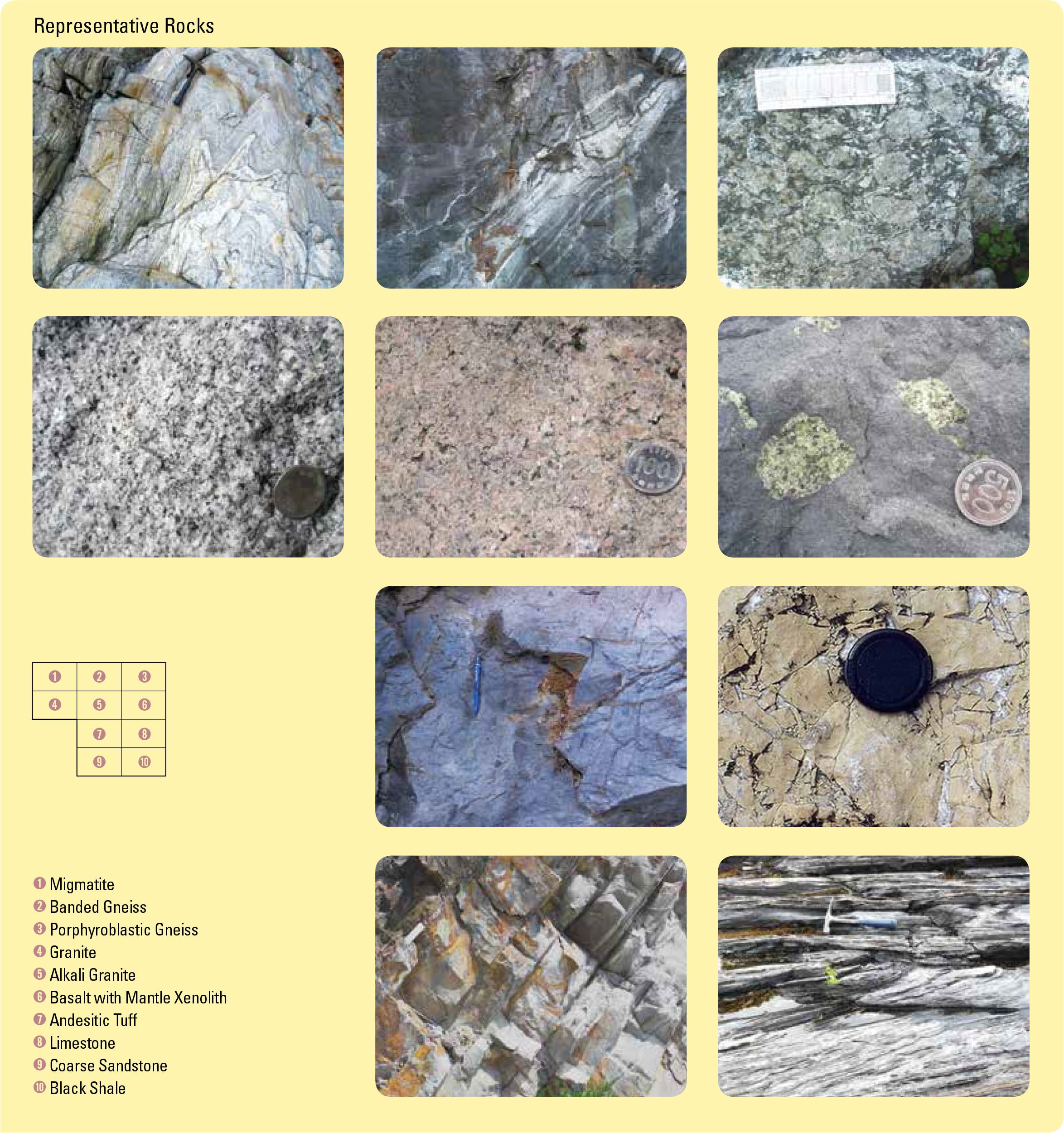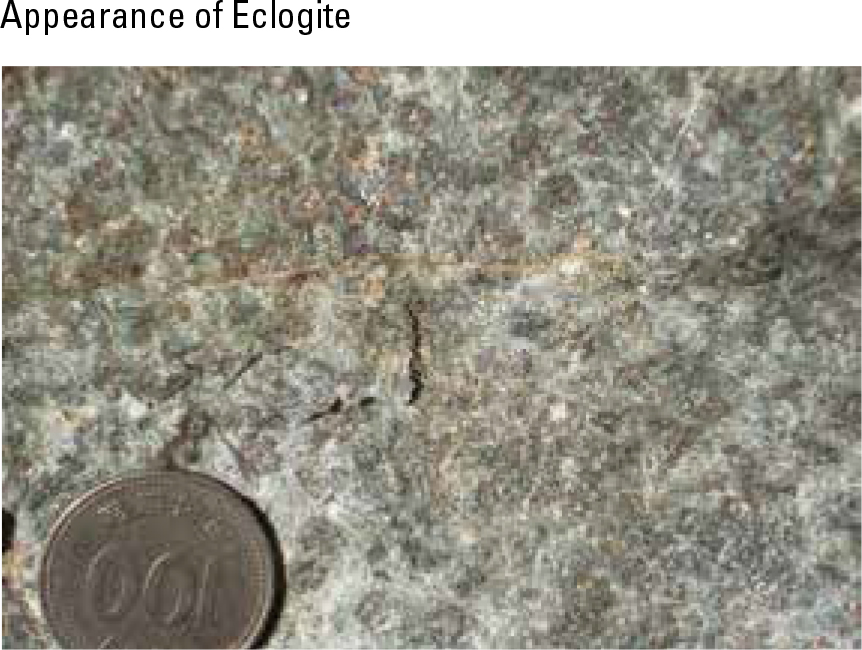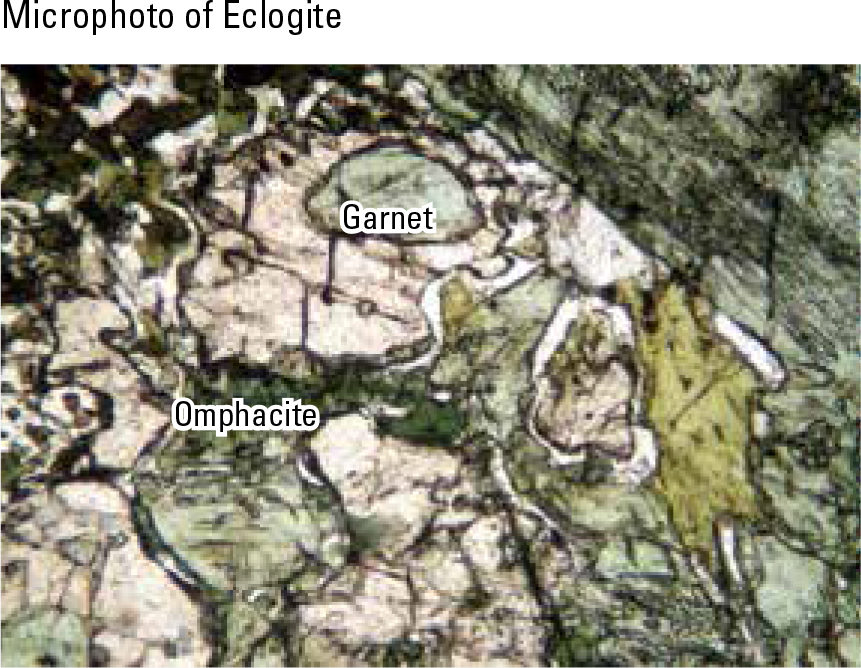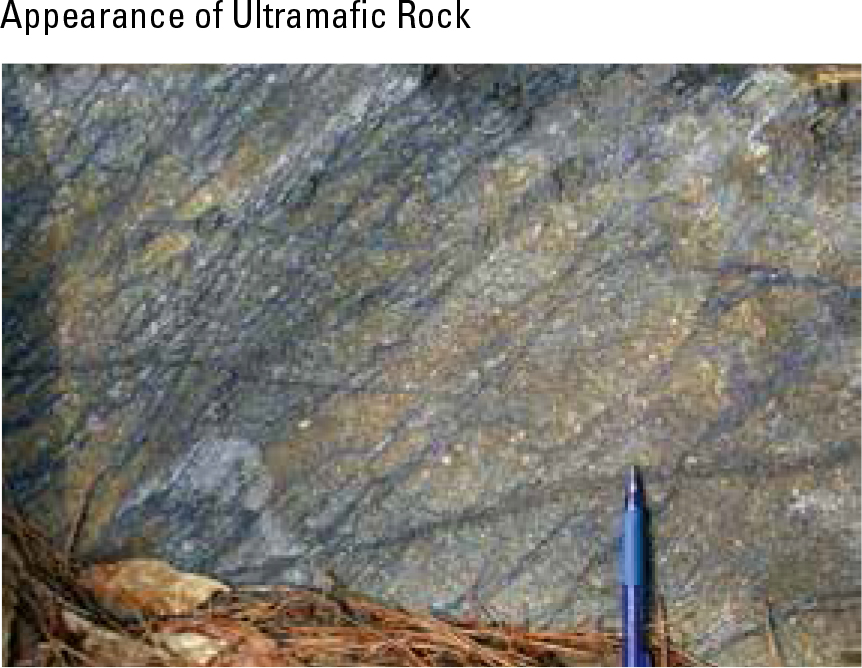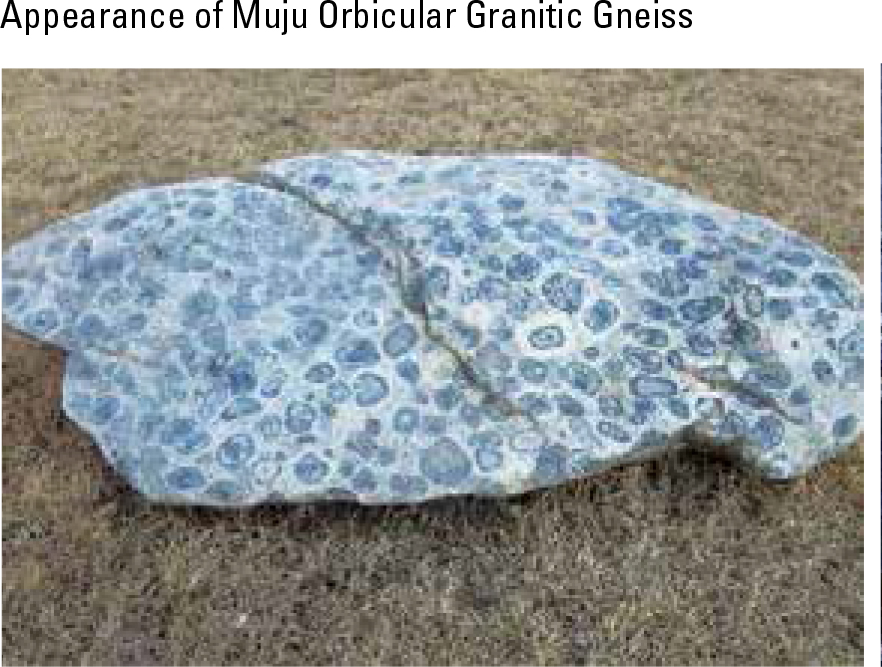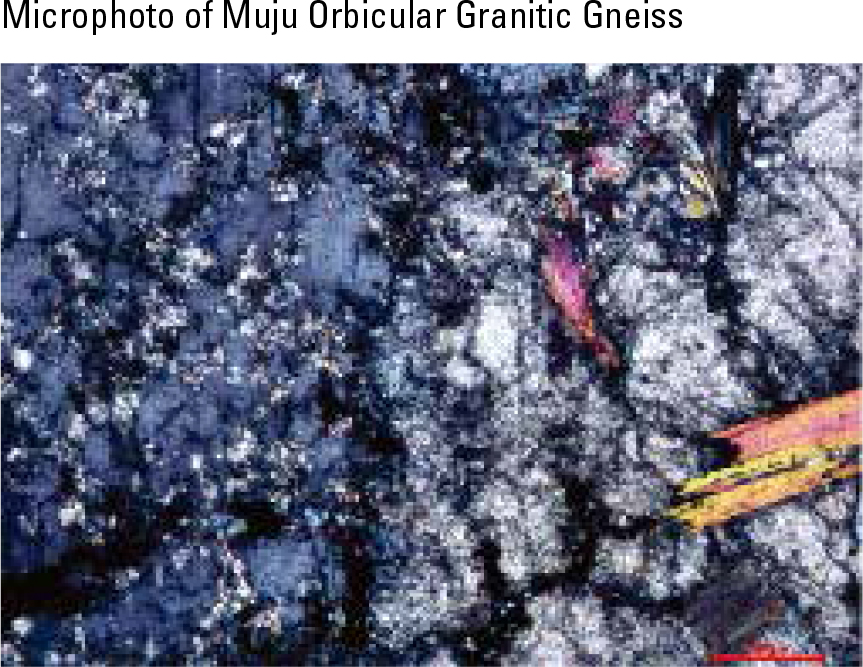English II
More than two thirds of the Korean Peninsula consists of granite and metamorphic rocks. Jurassic Daebo granite and Cretaceous Bul- guksa granite are the main types of granite on the Korean Peninsula. As the Jurassic granite formed at a deeper depth than the Cretaceous granite, the Jurassic granite is more coarse grained than the Creta- ceous granite. Most granites are milk-white in color but alkali granites show a pinkish red color. Some granites were foliated due to shearing deformation at a deep depth and they are called foliated granites; they can be transformed into mylonite if the shearing deformation is very strong. The foliated granite appear along the strike-slip faults as in the case of the Honam shear zone. Metamorphic rocks consist of mainly gneiss and include schist, phyllite, quartzite, marble, and amphibolite, which formed by the metamorphism of shale, sandstone, limestone and basic igneous rocks. The gneiss can be classified into sedimentary origin gneiss (paragneiss) and igneous origin gneiss (orthogneiss). The paragneiss commonly occurs as banded gneiss whereas the orthogneiss occurs as porphyroblastic gneiss. These gneisses were transformed into migma- titic gneiss if they had been partially melted due to very high grade metamorphism. Some porphyroblastic and banded gneisses were changed into augen gneiss due to strong shearing at a deep depth. The main sedimentary rocks are shale, sandstone, conglomerate, and limestone, and occur mainly in the Pyeongan, Taebaek, and Gyeongsang basins. The Cretaceous basins, including the Gyeong- sang Basin, consist of volcano-sedimentary sequence formed by ac- cumulation of erupted volcanic mass together with sedimentary rocks. The rhyolitic and andesitic volcanic and pyroclastic rocks constitute the stratovolcanic part of Baekdusan, Ulleungdo, and Dokdo, whereas the lava plateau under Baekdusan and shield volcanic part of Jejudo are composed of basic igneous rocks such as basalt and trachytic-ba- salt. Obsidian consisting of glass was formed by quick cooling of lava in Baekdusan, while scoria and pumice, which are pyroclastic rocks with many vesicles, are found in both Baekdusan and Jejudo. Red scoria commonly occurs in and around cinder cones on Jejudo, and the Korean side of Baekdusan is covered by white pumice, creating the illusion of a snowy white peak year round. As such, Baekdusan is translated to be the mountain with a white head in Korean.
page_2 |
